blog
Interview with photographer Marc Sirinsky
Memories are not the key to the past, but rather, to understanding our future.
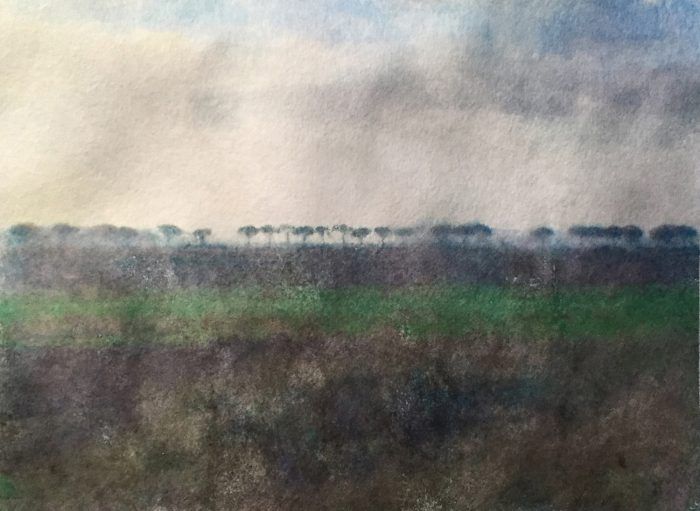
Stone Pines © Marc Sirinsky
It is a common human trait to construct our own personal histories based on our own story, our own experiences, and this that actually makes us all connected in the same way. Through his own life and experiences, Marc Sirinsky’s work connects to us all in one manner or another, by reaching out to share his own world, and ours.
Sirinsky has been following the same approach for the past couple decades. Whether low-tech or high-tech, Sirinsky’s artist statement addresses his approach directly: “As human beings, we view the world through a haze of our emotions. Though we often use our intellect as a counter balance, we always come back to that emotional home. Often both beautiful and uneasy, our memories are a construction based on our own uniquely personal histories.”
For some photographers, there is a distinct look to their work. There are the people who learned and formed their style before the internet took hold of our collective mind’s eye; and there are those who have been fully digital since picking up a camera and starting to express themselves. For a special group of artists, they straddle the line between the fully analogue world of film-based cameras and darkroom printing, and the world of digital captures and Lightroom or Photoshop adjustments before posting or printing. The work of Marc Sirinsky has a little of both – while fully fluent in the world of manual cameras and wet darkroom processes, Sirinsky has not been shy to meld silver with pixels. His work includes images made with iPhones or plastic film cameras; scanning film and printing onto papers more commonly used by photographers used to working with Epson ink jet versus Ilford Pearl Matte. But one of the common threads and strengths to his work, looking beyond technique and tools, is the ability to mix nostalgia and beauty with a dash of uneasiness and/or tension from his own personal perspective.
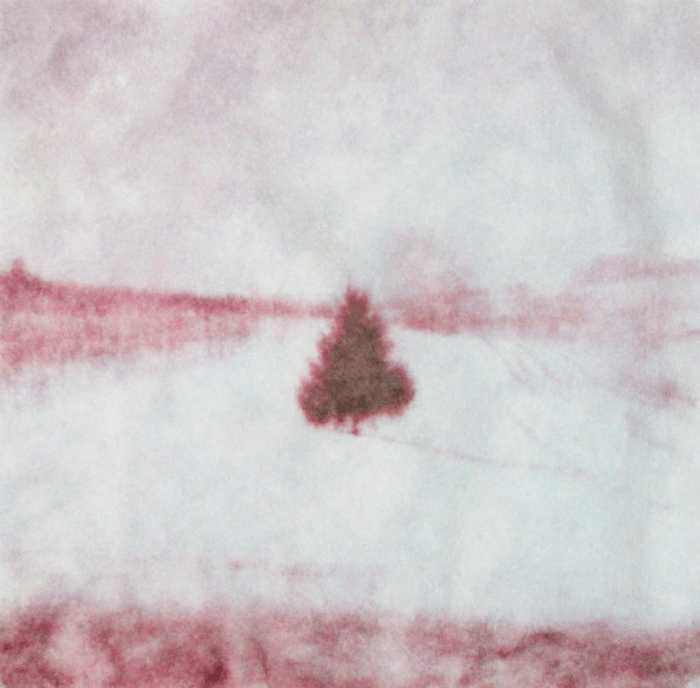
Lone © Marc Sirinsky
Q&A
Cary Benbow (CB): How did you start into photography, what is your background?
Marc Sirinsky (MS): I’m one of those people that knew as soon as they picked up a camera that they wanted to be a photographer. My parents bought me my first camera when I was 6 or 7…it was one of those 110 film cameras – probably a Vivitar 602 or something. I remember my dad watching me use it and saying “Did you see how steady his hands were? Did you see that???!!!” Of course, my dad was also into photography and had his B.A. and M.A. in film studies, so I think he was projecting a bit. But, what really got me started was my aunt’s Nikon FE2 that I picked up a year or two later. She let me hold it at the zoo and photograph with it and then I wouldn’t give it back. That was truly the most singular moment that put me where I am now.
I then photographed steadily from the end of grade school up through middle school and finally got into the darkroom in high school, where I proceeded to spend as much time as I possibly could over the next 4 years. I actually managed to structure a semester where I had 4 photo classes out of a 9 period day. Not sure how that happened – I think it was my regular photography class, a study hall that I used for darkroom time, an independent study and a gym pass during a swimming unit because I had a chlorine allergy. I became obsessed and it got to the point where they started creating photo classes for me.
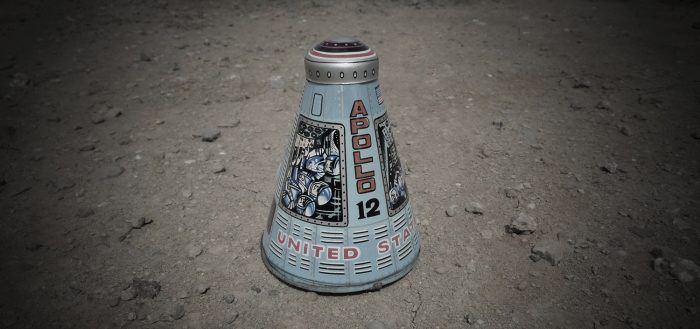
Apollo Mission © Marc Sirinsky
From there, I went to art school at the University of Michigan School of Art and Design where I had to spend my first full year pretending to care about drawing. I already knew I was terrible, or at least thought I was because I had been hearing that my entire life, and now I was stuck in a class with a bunch of drawing majors whose work was used to set the grading curve. I didn’t pick up a camera or get a whiff of a darkroom until my sophomore year and it nearly killed me. But once I got there, the same cycle repeated itself – I tore through all the classes the school had to offer and soon enough, I was back doing larger projects, independent studies and testing the school faculty on what they could handle.
I have no regrets about my education, but it was extremely expensive and I got literally zero career counseling. It was either become a fine artist and starve, or become a commercial photographer and also probably starve. I did some commercial photography interning during summer breaks and then freelanced for a year after I graduated. But, I soon realized that I was coming home every day not wanting to create anything. I then happened to see a job posting in the newspaper (yep, not much internet to speak of then) for a photo editor and someone was willing to take a chance on me. I got some gallery representation soon after for my fine art and from there, I never looked back and have had dual careers in publishing and fine art for almost two decades.
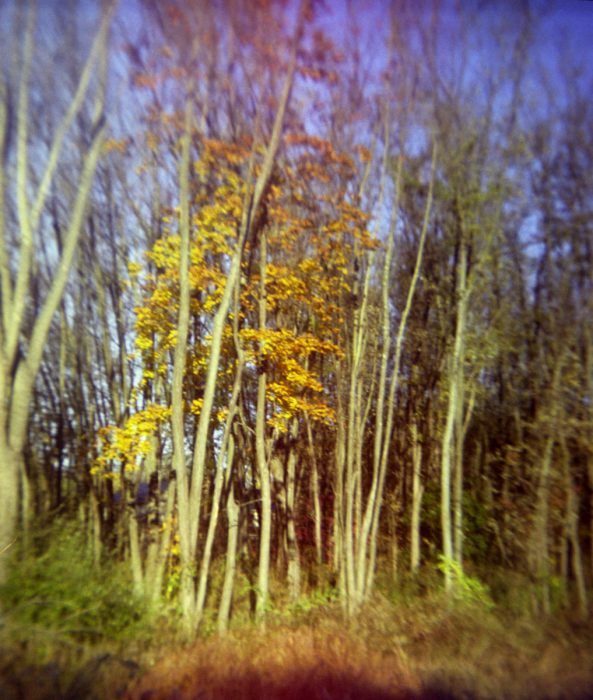
Sunset No. 1 © Marc Sirinsky
CB: What compels you to make the images you create?
MS: In all the years I’ve been photographing and all the interviews I’ve done, I’ve never been asked that. I think for most artists, that question is difficult to answer because what motivates someone to self-expression can be very complex. I will say that for me, it’s a need because after all this time, it’s how I see the world. I see light, shadow, color and texture all the time…perhaps more than most, and I can take those things and create work that expresses me as an individual…my experiences, my struggles and feelings, but hopefully also speak to someone else’s as well.
There’s another piece to this though, and it relates back to my drawing skills. I’ve recently learned (and I mean within the past couple of months) that I’m much better at drawing than I thought, and have my own viable style that I’m quite proud of. But, individual style isn’t something that is taught in that medium…at least not when I was growing up. You drew what was in front of you and you were either good at it or you sucked at it. I fell squarely in the latter category – at least in so far as my teachers and later my professors were concerned. What attracted me to photography was that it was perhaps the most direct artistic expression available without the nuisance of relying on my hands to translate that vision. I’m sure a lot of photographers won’t admit it, but I know others who came to photography under similar circumstances and it’s an element that shouldn’t be overlooked.
CB: Please explain the idea behind your portfolios on your website, and what other work are you currently creating?
MS: The work that I’m most closely identified with is a series I’ve been working on for close to 10 years. On my website, it’s listed simply as “Mixed,” but the work incorporates film, digital and printmaking. It’s a very labor-intensive process and as a result, I sometimes like to take a break from it, which is where my other projects come into play.
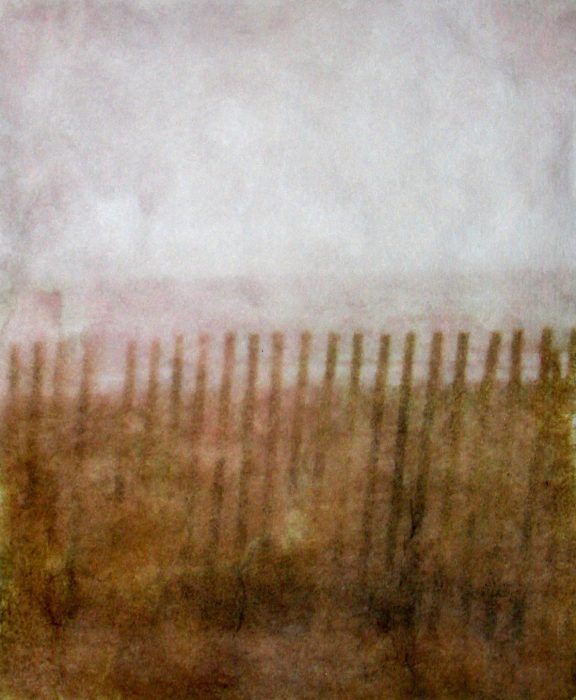
Summons © Marc Sirinsky
Another series I’ve been working on for many years involves shooting film through a Bakelite camera from the 1930’s. It’s a camera that originally took 127 mm film, but I’ve rigged it to take 35 mm and lots of happy accidents occur as a result. I’ve also been working on a group of images that depict vintage toys as objects of play vs. the “real” thing they were made to represent. Of course, there’s also a portfolio of iPhoneography, and I’ve just recently begun to riff off of that by starting a series utilizing a microscope with an iPhone hook-up. But, across all of my projects, I find myself working with the same themes.
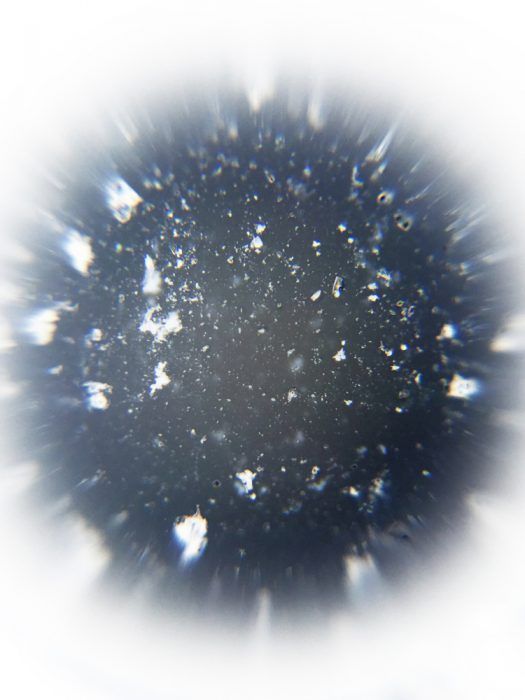
Crash © Marc Sirinsky
CB: Much of your work focuses on memories, and/or family — what else would you say are your main themes (either within or across various projects of yours)?
MS: Though the themes of my work have remained relatively constant throughout much of my career, the way I approach those themes have definitely changed. I don’t address family issues as directly in my work as I did when I was first starting out. I had a very difficult upbringing and my family dynamic was complicated, to say the least. But, I had a wonderful professor in art school who helped me to dig deep and channel those personal experiences into my work. I was one of the few folks at the school that came in with the technical piece somewhat well in-hand because of how long I’d been photographing, but the issues and themes in my work were where I needed the most help. Though it took a little bit of an emotional toll, those deep-seeded issues were very accessible and easiest to deal with in a very up front, in your face type of approach. Lots of art students get their sea legs doing political work and I was no different – I just used my own family as a launching point. But as my career has progressed, I’ve allowed those experiences to settle in a bit and they now come out in much more subtle ways. But, memory and the idea of how human beings recall has always been something that I’ve found captivating.
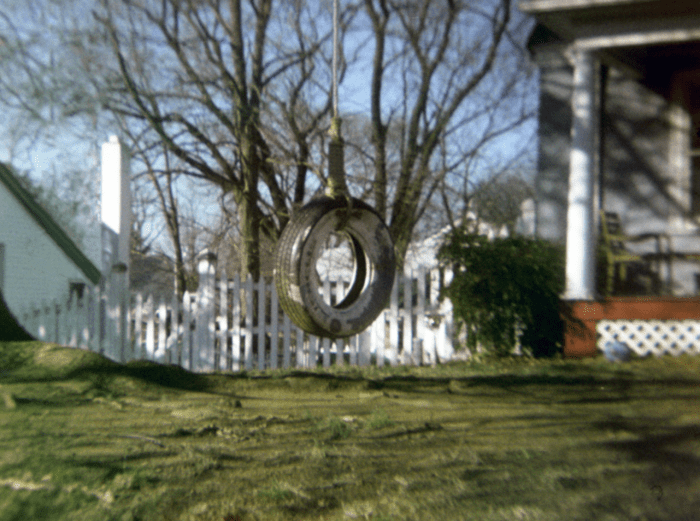
Passer-by © Marc Sirinsky
Childhood, of course, factors into that in a pretty direct way and some of my work certainly tackles that head on. Someone also told me once that loneliness and a degree of melancholy permeates much of my work and I think there could be something to that as well.
CB: Your work is created from both analog and digital processes – how do you feel about working in this way?
MS: I’ll discuss this in the context of my “Mixed” series because it is probably the best way to delve into your question. Honestly, that series is a total pain in the ass, but I love it. Back in the mid 2000’s when I started that body of work, I knew what I was looking for but was having a hard time achieving it technically. And after experimenting with about 10-15 different processes, I finally arrived at what I had seen in my head. The problem was that it involved so many steps and if you take one of those steps away, the whole process breaks down. The film runs through a very old camera that can be quite unpredictable, the digital element can be very tricky to execute and the printmaking portion of the process is all manual, without the benefit of a press…and is extremely temperamental. That’s also part of why each print is done in editions of 10 or less (sometimes a lot less), and within that edition, each print is unique due to the chemical process at play. But, they look great and even though they wipe me out, I wouldn’t change a thing. They are true labors of love.
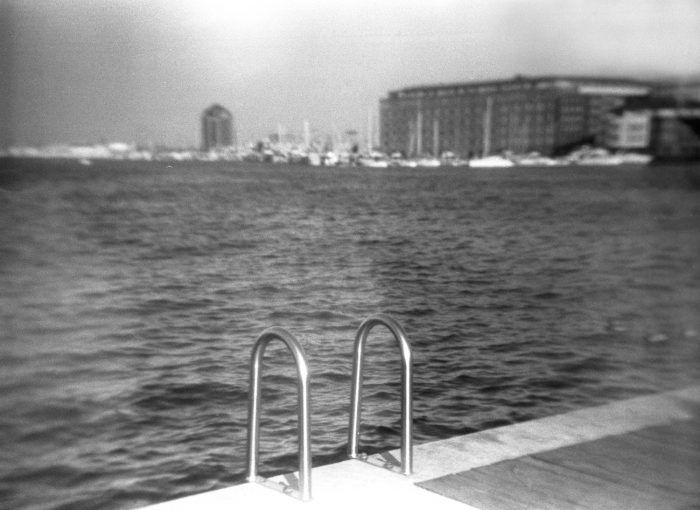
Invite © Marc Sirinsky
CB: What or who are your photography inspirations?
MS: Inspirations are hard a thing because I think these also can evolve over time. Many of the artists who inspire me most aren’t actually photographers – probably because I’ve spent so long working with alternative processes that I often look beyond the photography world for inspiration. One photographer who sticks out in my mind though is Holly Roberts. In my view, she is one of the greatest photo artists of my lifetime. She was doing oil painting on photography 20 years before anyone else, and her work still stands up as some of the most interesting, textural, narrative work that I’ve ever seen. I’ve also always found the work of Timothy O’Sullivan absolutely fascinating. Without him, landscape photography as we know it would look very, very different. Another artist who inspired me very recently was a Japanese artist named Ko Ushijima. I discovered his work on Instagram of all places, and he was the one who inspired me to do my first ever series of line drawings a month or so ago. I never knew I had it in me and after seeing his work, I immediately went into my studio and cranked out a whole series. I’d never felt anything quite like it and I have this amazing artist to thank for it. Needless to say, I bought one of his pieces immediately thereafter.
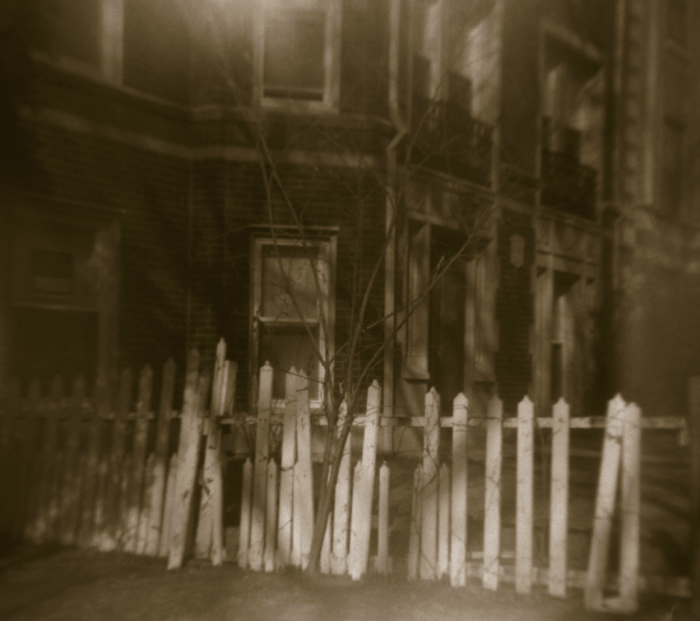
Space Between © Marc Sirinsky
CB: You’ve been represented in galleries in both Chicago and the Washington DC area – what are the important similarities or differences?
MS: The gallery experiences I’ve had have been so different from one another, and the industry itself has changed so much since the beginning of my career. The first gallery that represented my work was a place called Blue Fox in Chicago’s Roscoe Village neighborhood. I was a wide-eyed kid in my 20’s and fell into a space with a small group of very talented artists and an absolutely outstanding gallery director named Ara Lucia. Some other wonderful galleries in Chicago represented me after that space closed, but I found myself continually longing for the individual attention I got from Ara and the camaraderie with the other artists she represented. I moved from Chicago to northeast Pennsylvania in 2005 and had some great gallery experiences there as well, but I think part of my problem is that I tend to look to the past too much – it’s obviously a crucial part of my work and I sometimes get hung up on it. When I got to DC, it took me a couple of years to get going in the gallery scene again for various reasons and finding a space that was the right fit for me proved challenging. But it finally happened when I landed at Gallery Plan B…an absolutely outstanding space in the recently developed 14th Street neighborhood. They actually closed last year and I’ll be honest that it was a major blow – it can take a long time for an artist to find a “home” that is truly the right fit. But, in order to remain a working artist, you need to be persistent and unfortunately, starting over in this economy occurs all too frequently.
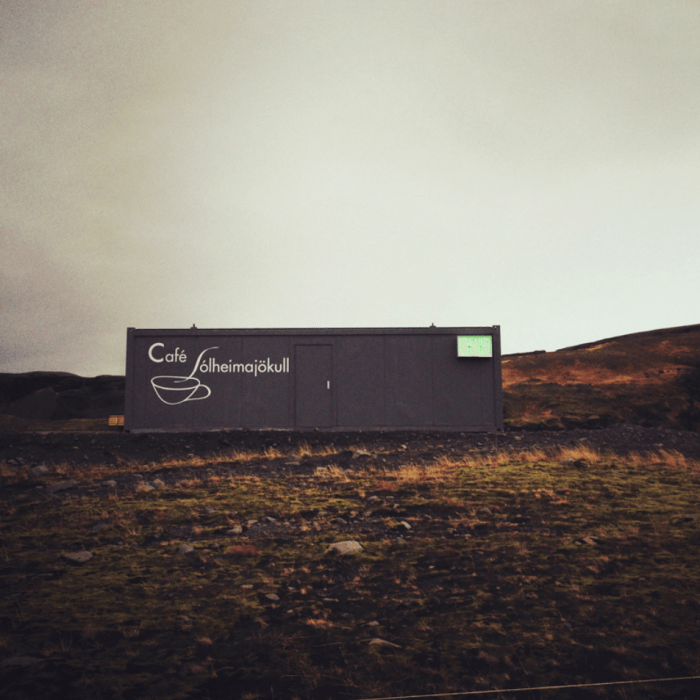
Café Sólheimajökull, Iceland © Marc Sirinsky
Chicago and DC both have viable art scenes in a true urban setting, but I feel like the scene in DC is still up and coming to a certain degree. There are certainly established gallery districts in DC, but they aren’t of the same size and scope as Chicago’s West Loop or River North neighborhoods for example. You also see galleries in Chicago popping up in other neighborhoods that aren’t even close to gentrifying yet, and I don’t see that as much in DC, which is unfortunate. But, there are plenty of outstanding artists across all disciplines in both cities and quality galleries to visit.
CB: As an artist represented by a gallery, have you found it important to create work with a specific audience in mind? And – what type of expectations are placed on an artist by a gallery?
MS: I’ve been very fortunate during my career in that no gallery director has ever told me what kind of work to make. I will say that the pressure to produce is something that most galleries have in common. They want to see a steady stream of new work – it gives them fresh product to show to their clients and also sends a message to patrons that their stable of artists is committed and cutting-edge. I personally work best under pressure and nothing compels me to create new work like having a show on the books that I need to get ready for.
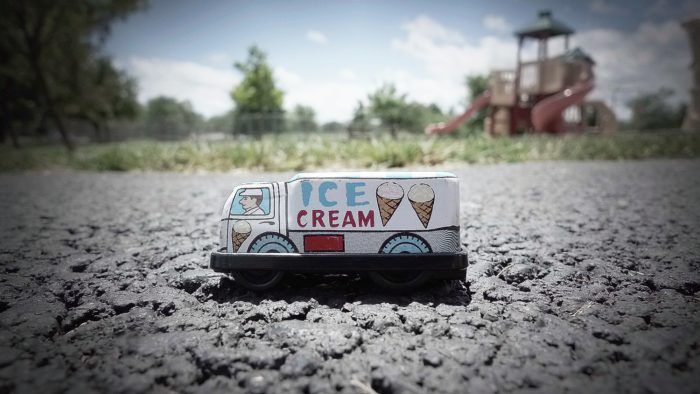
Ice Cream Truck © Marc Sirinsky
CB: How would you describe your work to someone viewing it for the first time?
MS: Alternative process photography that deals with memory and how we as human beings recall and process our experiences.
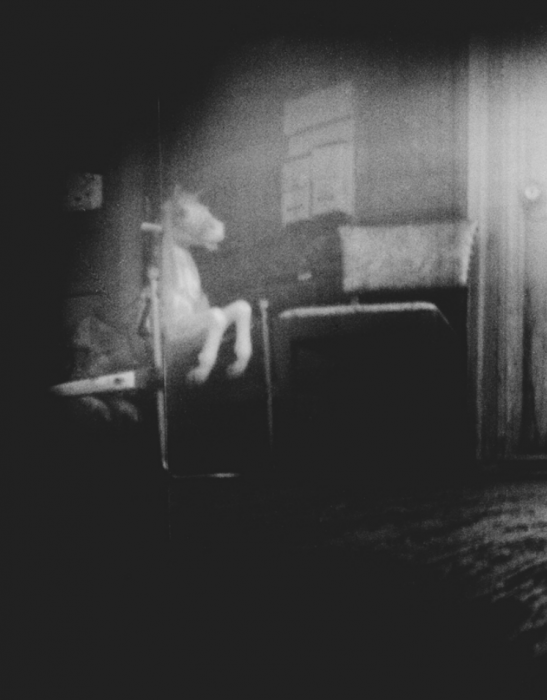
Porch Scene © Marc Sirinsky
Marc Sirinsky’s photography has appeared in numerous publications and in over 40 juried, solo, and group exhibitions. A native of Chicago, he now resides in Northern Virginia in the greater Washington D.C. area.
For more information, and to see his portfolio, see his website at http://www.sirinsky.com/. Sirinsky’s work is currently in exhibitions at A Smith Gallery: “Pinhole,” which runs through August 28th and “Habitat,” which runs through September 18th. A reception for both exhibitions will be held at the gallery on August 27th from 4-7 pm. Address is: 103 N. Nugent Ave, Johnson City, TX 78636
Location: Online Type: Interview
One response to “Interview with photographer Marc Sirinsky”
Leave a Reply
Events by Location
Post Categories
Tags
- Abstract
- Alternative process
- Architecture
- Artist Talk
- artistic residency
- Biennial
- Black and White
- Book Fair
- Car culture
- Charity
- Childhood
- Children
- Cities
- Collaboration
- Community
- Cyanotype
- Documentary
- Environment
- Event
- Exhibition
- Faith
- Family
- Fashion
- Festival
- Film Review
- Food
- Friendship
- FStop20th
- Gender
- Gun Culture
- Habitat
- Hom
- home
- journal
- Landscapes
- Lecture
- Love
- Masculinity
- Mental Health
- Migration
- Museums
- Music
- Nature
- Night
- nuclear
- p
- photographic residency
- Photomontage
- Plants
- Podcast
- Portraits
- Prairies
- Religion
- River
- Still Life
- Street Photography
- Tourism
- UFO
- Water
- Zine

[…] Interview with photographer Marc Sirinsky […]